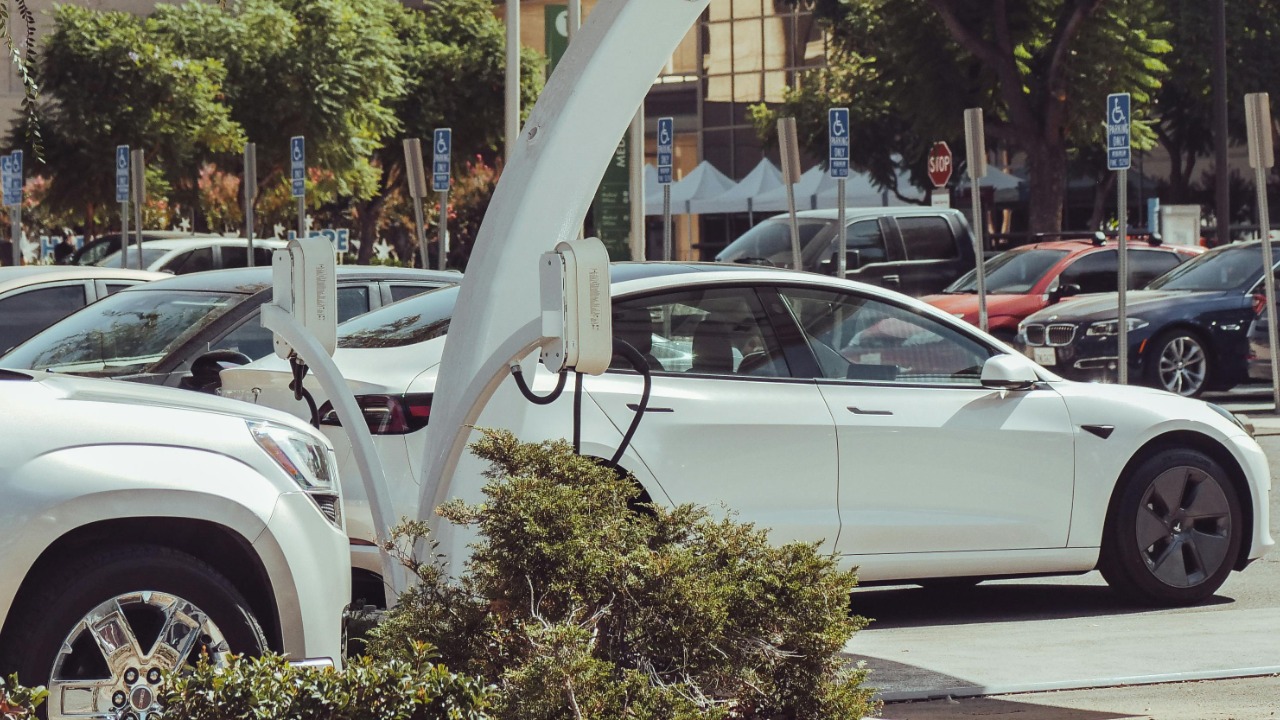
The allure of electric vehicles (EVs) is undeniable, with promises of environmental benefits and substantial cost savings driving consumer interest. However, behind the attractive price tags and government incentives lies a complex web of economic, environmental, and social implications that are often overlooked. Here, we delve into the darker side of cheap EV incentives, revealing the hidden costs and unintended consequences.
The True Environmental Cost of EV Production

The production of electric vehicles is often touted as a green alternative to traditional cars, but the reality is more nuanced. The manufacturing process is resource-intensive, particularly when it comes to mining essential components like lithium, cobalt, and nickel. These materials are not only rare but also require significant energy to extract and process, contributing to a substantial carbon footprint. In fact, studies suggest that producing an EV can result in higher initial emissions compared to conventional vehicles, largely due to battery production.
Moreover, the disposal and recycling of EV batteries present environmental challenges. As more EVs hit the road, the demand for efficient battery recycling infrastructure becomes urgent. Unfortunately, current technologies and systems are not yet capable of handling the anticipated volume, leading to environmental risks. Without significant advancements in recycling processes, the environmental benefits of EVs could be overshadowed by the issues posed by battery disposal.
The Economic Realities of EV Incentives

While EV incentives and subsidies might offer short-term consumer benefits, they come with long-term economic implications. Taxpayers ultimately foot the bill for these incentives, raising questions about the sustainability of such programs. The financial burden of funding these initiatives could lead to market distortions and affect the competitiveness of the automotive industry. As governments prioritize EVs, traditional automakers may struggle to compete, leading to potential job losses and economic instability.
Additionally, the distribution of EV incentives often favors higher-income individuals who can afford new electric vehicles. This creates an equity issue, as lower-income households are less likely to benefit from these programs. The lack of accessibility to EV incentives for diverse socioeconomic groups raises concerns about social equity and the fairness of government policies.
The Global Supply Chain and Geopolitical Implications

The push for widespread EV adoption has increased the demand for critical minerals, leading to a heightened dependence on foreign resources. Many of these minerals are concentrated in specific regions, making the EV supply chain vulnerable to geopolitical tensions and disruptions. The reliance on foreign countries for essential EV components can pose significant risks, impacting both the availability and cost of EVs worldwide.
Furthermore, the sourcing of these materials is often fraught with ethical concerns. Issues such as labor exploitation and environmental degradation in mining regions highlight the need for responsible sourcing practices. Companies and governments must prioritize ethical sourcing and develop international regulations to address these challenges, ensuring that the transition to electric mobility does not come at the cost of human rights and environmental sustainability.
The Impact on Traditional Energy Consumption

The widespread adoption of EVs is expected to significantly increase electricity demand, placing additional strain on existing energy grids. This surge in demand could necessitate the expansion of energy production, potentially leading to increased fossil fuel use if renewable energy sources are not scaled up concurrently. As a result, the environmental benefits of EVs may be undermined by the broader impact on energy consumption.
This situation creates a paradox in the green energy transition. While EVs promise reduced emissions, the associated rise in energy consumption could lead to higher overall emissions unless addressed through comprehensive energy policies. Policymakers must ensure that the shift to electric vehicles aligns with broader environmental goals, taking into account the full lifecycle emissions of EVs.
Navigating the Future of EV Incentives

To address the complexities surrounding EV incentives, policy reforms are essential. Governments must develop strategies that promote sustainable and equitable solutions, balancing the need for environmental benefits with economic and social considerations. Innovative approaches, such as advancements in battery technology and recycling, are crucial to mitigating the negative impacts associated with EV production and consumption.
Consumer awareness and education also play a vital role in shaping the future of electric mobility. By informing consumers about the true costs and impacts of EV ownership, individuals can make decisions that align with both environmental and financial goals. Encouraging informed choices can drive demand for more sustainable and ethically sourced EVs, fostering a market that prioritizes long-term benefits over short-term gains.